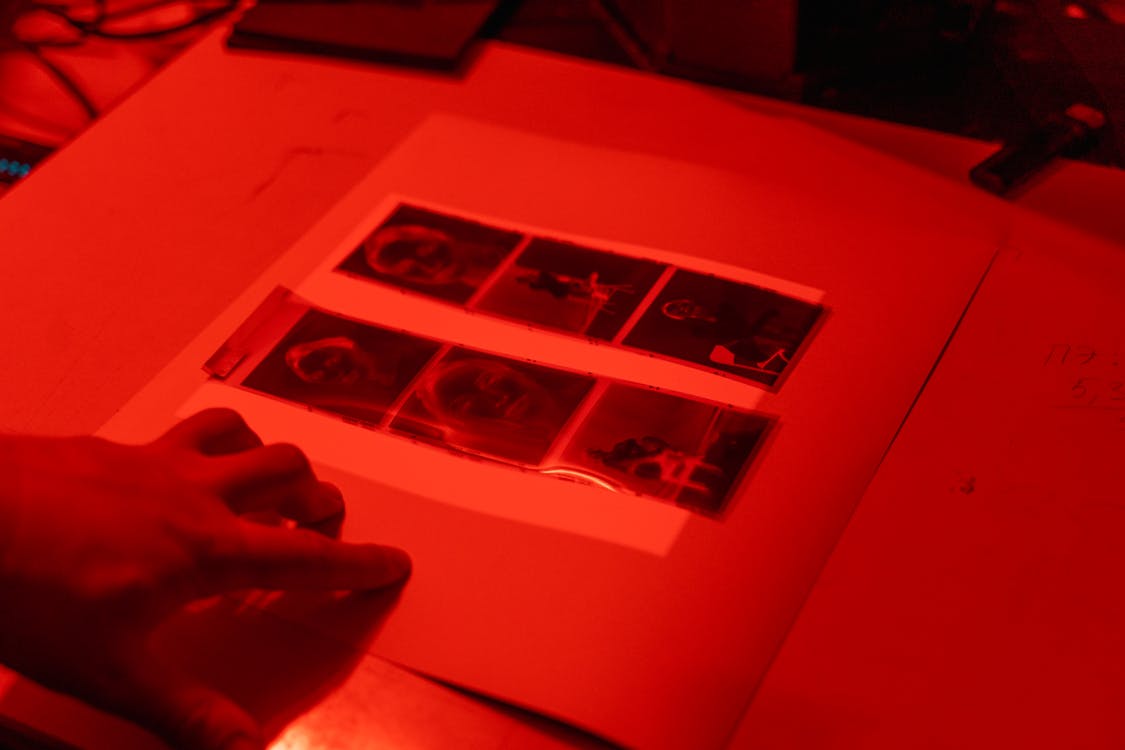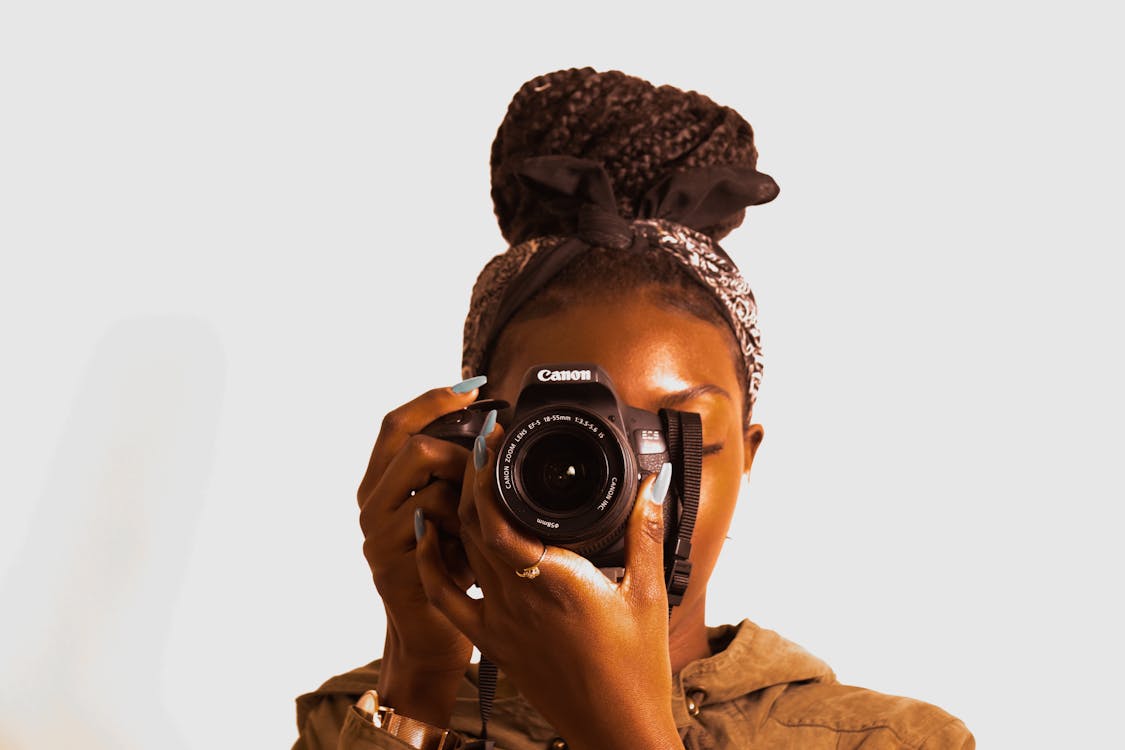Photography is an art form that has revolutionized the way we perceive the world around us. It captures moments in time, freezing them into everlasting memories. But have you ever wondered about the origins of photography? Who was the visionary mind that gave birth to this remarkable invention that changed the course of history? In this article, we delve into the life and accomplishments of Joseph Nicéphore Niépce, the father of photography.
The Invention of Photography
The journey of photography began long before digital cameras and smartphones. It traces its roots back to the early 19th century, when pioneers were fervently experimenting with capturing images through a process known as camera obscura. The quest to immortalize images paved the way for the creation of the first photograph, a feat credited to Joseph Nicéphore Niépce.

Joseph Nicéphore Niépce: The Father of Photography
Joseph Nicéphore Niépce, a French inventor born in 1765, is rightfully hailed as the father of photography. His relentless pursuit of capturing reality through visual imagery led to the birth of heliography, an innovative method of creating permanent images using light and materials like bitumen. Niépce’s dedication to this endeavor laid the groundwork for the evolution of photography.
The Journey to the First Photograph
The road to the first successful photograph was fraught with challenges. Niépce encountered numerous setbacks and failures during his experiments. However, in 1826, he finally achieved a breakthrough when he managed to capture the world’s first permanent photograph, titled “View from the Window at Le Gras.” This historic image marked a significant turning point in the history of visual expression.
From Heliochrome to Photography Negative
Following Niépce’s pioneering work, Louis Daguerre, a collaborator of Niépce, further refined the process of photography. He introduced the daguerreotype, a method that significantly reduced exposure times and produced sharper images. However, it was William Henry Fox Talbot who later invented the photography negative, an invention that revolutionized the field of photography.
Photography Negative: A Groundbreaking Innovation
The photography negative opened up new possibilities in the world of visual arts. This technique allowed multiple prints to be made from a single negative, preserving the image and enabling wider distribution. Talbot’s invention revolutionized photography, and his process became the foundation for modern photographic techniques.
Advancements in Photographic Techniques
As photography continued to evolve, various pioneers contributed to its growth. The introduction of roll film by George Eastman in the late 19th century made photography more accessible to the masses. Subsequent innovations, such as color photography and digital imaging, further transformed the way we perceive and capture the world.

Modern Photography: A Revolution in the Visual World
In the 21st century, photography has become an integral part of our daily lives. From social media platforms to professional publications, images dominate our visual landscape. The advancements in technology have empowered photographers, both amateur and professional, to create stunning visuals that captivate audiences worldwide.
Impact of Photography on Art and Culture
Photography’s impact on art and culture has been profound. It has provided artists with a new medium for self-expression and storytelling. Photographers like Ansel Adams and Dorothea Lange have used their lenses to document history and evoke emotions, leaving an indelible mark on the collective consciousness.
Photography in the Digital Age
The digital age has ushered in a new era of photography, where instant gratification and sharing have become the norm. Smartphones equipped with high-quality cameras have turned everyone into potential photographers, leading to an explosion of visual content on social media platforms.
Ethical Considerations in Photography
While photography has enriched our lives in countless ways, it also raises ethical questions. Issues such as consent, privacy, and the manipulation of images challenge the ethical boundaries of this art form. As photographers, we must be mindful of the impact our work can have on individuals and society as a whole.

The Art of Composition in Photography
Composition plays a pivotal role in photography. It involves arranging elements within the frame to create a visually appealing and meaningful image. Understanding the principles of composition can elevate a photograph from ordinary to extraordinary, allowing the photographer’s vision to shine through.
Capturing Emotions: The Power of Portraiture
Portraits have the unique ability to capture the essence of a person, freezing their emotions and personality in time. Portrait photographers skillfully use lighting, angles, and expressions to convey a subject’s inner world, forging a deep connection between the viewer and the subject.
Landscape Photography: Preserving Nature’s Beauty
Landscape photography celebrates the beauty of the natural world. It inspires awe and reverence for our planet’s breathtaking vistas. Landscape photographers venture into the wild, often facing challenging conditions, to immortalize these scenes and raise awareness about the importance of preserving nature.
Photography as a Form of Communication
Photography transcends language barriers and speaks to people across cultures. From photojournalism to advertising, images have the power to communicate powerful messages and evoke emotions. A single photograph can ignite conversations and inspire change on a global scale.
The journey of photography from its humble beginnings to the digital age is a testament to human ingenuity and the thirst for visual expression. Joseph Nicéphore Niépce’s groundbreaking work paved the way for the art form we cherish today. Photography continues to evolve, shaping the way we see the world and preserving our memories for generations to come.

